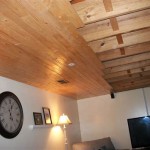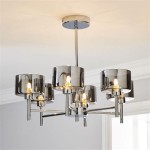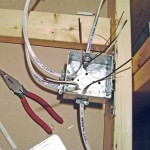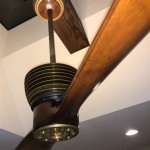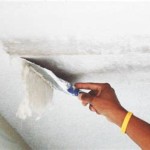1.
Ceiling edging tools are a great way to ensure your ceilings are finished with a professional-looking edge. Whether you’re a DIY enthusiast or a professional contractor, these tools are essential for getting the job done right. In this article, we’ll be exploring the different types of edging tools available, as well as providing some useful tips on how to use them.
Types of Ceiling Edging Tools
Ceiling edging tools come in a variety of shapes and sizes. The most common type is the corner trowel, which is used to create a perfect, 90-degree corner on your ceilings. There are also tools designed to help you create a beveled edge, as well as ones that can be used to create a smooth, rounded edge. Whichever type of tool you choose, make sure it’s the right size and shape for the job.
Choosing the Right Ceiling Edging Tool
When choosing a ceiling edging tool, it’s important to consider the type of job you’re doing. If you’re working on a small ceiling, for example, a small, corner trowel may be more suitable. If you’re working on a larger ceiling, however, a larger trowel may be necessary. Additionally, consider the material you’re working with. For example, if you’re working with plasterboard, a plasterboard edging tool may be more suitable.
Using Ceiling Edging Tools
When using ceiling edging tools, it’s important to take your time and make sure you’re using the right tool for the job. Begin by marking out the area you’re working on and then use the ceiling edging tool to create the desired shape and finish. When working with plasterboard, it’s important to use a plasterboard edging tool to ensure a smooth finish. Additionally, make sure you’re working on a flat surface and that the edging tool is clean and free of debris. Finally, make sure you’re wearing the correct safety equipment.
Conclusion
Ceiling edging tools are essential for ensuring a professional-looking edge on your ceilings. There are a variety of tools available, so make sure you choose the right one for the job. Additionally, make sure you’re wearing the correct safety equipment and taking your time when using the tool to ensure a smooth, professional finish.

:max_bytes(150000):strip_icc()/Accubrush-Paint-Edger-5841d5205f9b5851e543b017.jpg)











Related Posts


